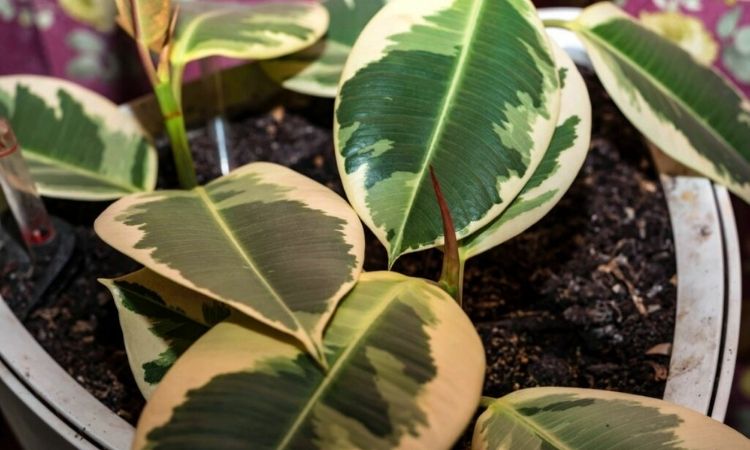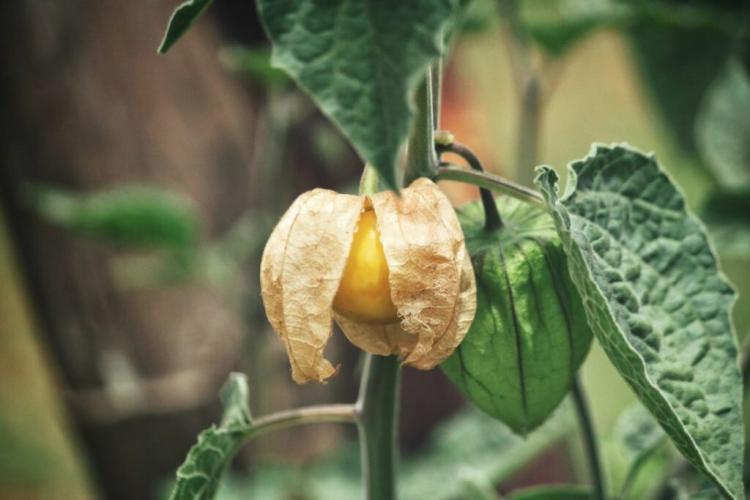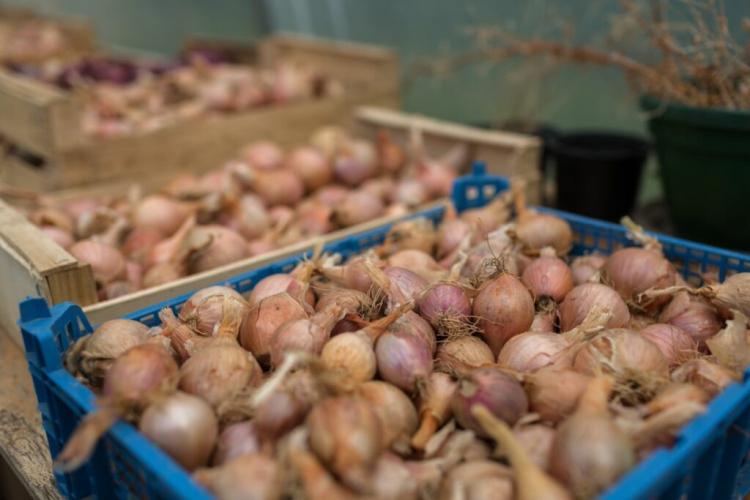Propagate Rubber Tree: Professional Tips For Propagation By Cuttings
Make two from one rubber tree is not difficult. Here you can learn how to easily propagate his rubber tree by cuttings or mossing.
The rubber tree (Ficus elastica) is pretty to look at and also very easy to care for. It is even nicer to grow new little trees from your own plant. Soon you will have even more rubber trees or you can give the green jewels away. So it doesn’t hurt to know how best to go about propagating the rubber tree. Below we show how to propagate the rubber tree via cuttings or by mossing.
Why have only one rubber tree when you can have many? If you have also asked yourself this question, you should at the latest now think about propagating your own rubber tree. The Ficus elastica can be propagated in the same way as most Ficus species. Generally, there are two possibilities: By cuttings or by mossing. Cuttings have the advantage that this method is very uncomplicated and easy to use. Mossing is more complicated and takes more time. But the result – magnificent and vigorous young plants – is all the more handsome. Whichever option you choose, the best time for propagation is in the spring.
Propagate rubber tree by cuttings
Table of Contents
When propagating by cuttings, you can choose between two methods: Either cut head cuttings or, if your tree is already larger, opt for propagation by node cuttings. For both methods, it is best to use a clean and sharp knife.
Propagate rubber tree by head cuttings
For head cuttings, find a healthy shoot. From this, cut a five to 30 inches long shoot tip. The cut should be set at an angle just below a leaf base. Now remove all the leaves of the shoot, leaving only the top one. When cutting the rubber tree, the white-milky sap always comes out of the cut. Dab this with a damp cloth.
As a planting container for the cutting prepares a small pot with a drainage hole and special growing soil. In this container, the cutting is now placed and moistened with a spray bottle. From now on, the rubber tree seedling likes it warm, bright, and humid. To increase the humidity and create a particularly good microclimate for the cutting, put a plastic bag over the pot or place it in a homemade mini-greenhouse. Every few days, the cutting should be aired and the bag removed for some time. At a minimum of 75 °F, the future tree will now grow. After about three months, you can put the sapling in a larger pot.
Summary Rubber tree propagates by head cuttings:
- Select a healthy shoot.
- Cut off 15 – 30 inches long shoot tip.
- Remove all leaves except the top one.
- Place the cutting in potting soil and moisten it.
- Put a plastic bag over the pot.
- Aerate regularly and spray with water.
- Allow growing at 86 °F.
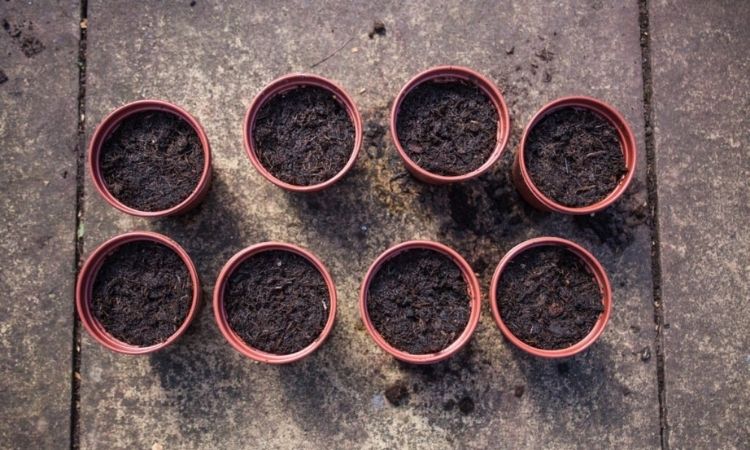
Propagate rubber tree by node cuttings
If your rubber tree has already grown to a stately size, it can also be propagated by node cuttings. To do this, select an already woody shoot with leaves and so-called “dormant eyes”. These eyes can be recognized by small bumps on the shoot. From this shoot, you now cut a three to 12 inches long piece with such an eye. The leaves are removed from the cutting. The cutting is now placed in a pot with growing soil as described above and cared for.
Summary Rubber tree propagates by node cuttings:
- Select woody shoot with leaves and “sleeping eyes”.
- Cut a 9 – 12 inches long cutting with an eye
- Place in potting soil and moisten
- Put a plastic bag over the pot
- Spray regularly with water at 86 °F
Propagate rubber tree by mossing
Mossing is the process of making two plants out of one. This works with the so-called wedge method, in which you animate a part of the plant to form roots, although it is not in the ground at all.
In the case of the rubber tree, it looks like this: Pick a healthy and vigorous shoot on which you want to apply the method. Cut into this shoot diagonally upwards and to a maximum of half of the shoot. Use a damp cloth to remove any plant sap that escapes. For faster root formation, you can put rooting powder on the cut. Then insert a wooden wedge or match into the cutting; this will prevent the cutting from growing together.
You Might Also Like How To Save A Dying Rubber Tree
Now comes to use the moss, which gives this method of propagation its name. Namely, the cut with the wedge is now wrapped with moss. Around the moss layer then wrap cling film and tie it below the cut on the shoot. The moss is always kept sufficiently moist and in a few weeks, roots should form. From now on, your patience is required, because it may take six to ten weeks for a sufficient number of roots to form. Only when the shoot has many roots, you can cut it off from the lower shoot and plant it in a pot. On the shoot that remains on the plant, leaves will form again after some time.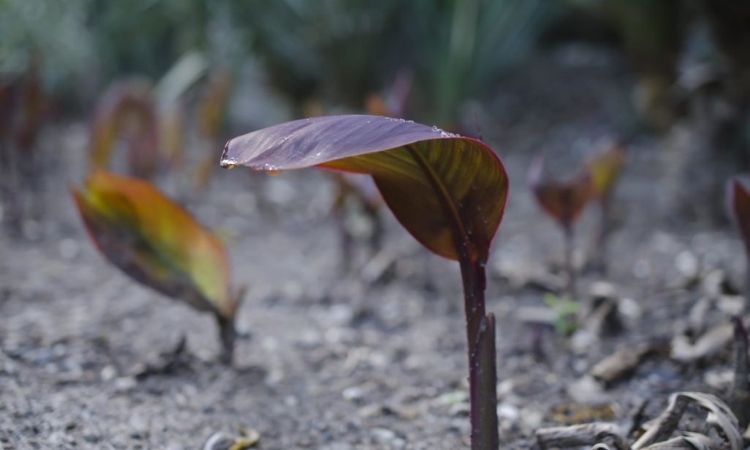
Summary Rubber tree propagates by mossing:
- Select a strong, healthy shoot
- Cut diagonally into the shoot
- Place a wedge in the cut
- Wrap the cut with moss and cling film
- Moisten moss regularly
- Roots will form in 6 – 10 weeks
- When sufficient roots are formed, cut off the rooted shoot and pot it up
Once you have mastered the propagation of your rubber tree, the many little trees naturally want to be properly cared for. In our special article, we tell you everything about the proper care of the rubber tree.
